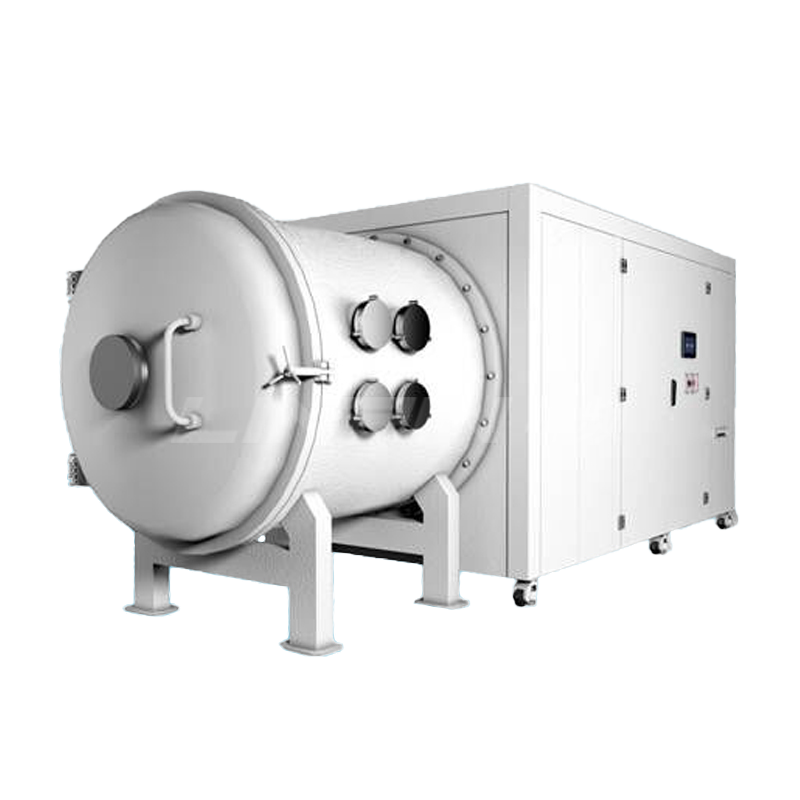The aerospace industry demands rigorous validation of components and systems to ensure reliability under extreme conditions. Thermal vacuum chambers (TVAC) serve as indispensable tools for simulating the harsh environments encountered in space and high-altitude flight. These chambers replicate the combined effects of vacuum and thermal cycling, enabling engineers to verify the performance, durability, and safety of spacecraft, satellites, and aviation systems before deployment.
Fundamentals of Thermal Vacuum Testing
A thermal vacuum chamber subjects test articles to controlled vacuum pressures and temperature extremes, typically ranging from -70°C to +150°C or beyond, depending on mission requirements. The absence of atmospheric pressure eliminates convective heat transfer, forcing components to rely solely on conduction and radiation—conditions critical for space applications. Key parameters include:
- Pressure Levels: Ranging from 10⁻⁶ Torr (deep space simulation) to ambient atmospheric pressure.
- Thermal Cycling Rates: Rapid transitions between extreme temperatures to assess material fatigue.
- Uniformity and Stability: Precise control to avoid thermal gradients that may skew test results.
Applications in Spacecraft and Satellite Development
Spacecraft and satellites must endure prolonged exposure to vacuum, solar radiation, and drastic thermal fluctuations. TVAC testing addresses several mission-critical challenges:
-
Material and Component Validation
- Polymers, composites, and metals are tested for outgassing, embrittlement, and thermal expansion.
- Electronic systems, including sensors and power supplies, are evaluated for functionality in vacuum conditions.
-
Thermal Management Verification
- Passive thermal control systems (e.g., heat pipes, radiators) and active solutions (e.g., heaters, coolers) are optimized to prevent overheating or freezing.
-
Payload and Instrument Testing
- Optical instruments, such as telescopes and cameras, are calibrated to ensure performance stability in vacuum.
- Communication systems are validated for signal integrity without atmospheric interference.

Aircraft and Hypersonic Vehicle Testing
Beyond space applications, TVAC chambers support the development of high-altitude aircraft and hypersonic vehicles. Key considerations include:
- Avionics Reliability: Ensuring flight control systems operate in low-pressure, high-temperature regimes.
- Structural Integrity: Assessing airframe materials under thermal-mechanical stress during ascent and re-entry.
Compliance with Industry Standards
Aerospace manufacturers adhere to stringent standards, such as:
- ECSS-Q-ST-70-02C (European Space Agency thermal vacuum testing protocols).
- MIL-STD-810 (U.S. military standards for environmental engineering).
- NASA-STD-7003 (Payload test requirements for spaceflight hardware).
Advancements in TVAC Technology
Modern thermal vacuum chambers incorporate innovations to enhance precision and efficiency:
- Automated Control Systems: AI-driven algorithms adjust parameters in real-time for repeatable results.
- Modular Designs: Scalable chambers accommodate small components or full-scale satellite assemblies.
- Cryogenic Capabilities: Integration with liquid nitrogen systems for ultra-low temperature testing.
Thermal vacuum testing remains a cornerstone of aerospace engineering, ensuring mission success by preemptively identifying failure modes. As space exploration and aviation technology advance, the demand for high-fidelity TVAC systems will only intensify, solidifying their role as a critical enabler of innovation.












